NEW YORK (AP) — When the calendar flips to 2010, it really will be a new day. And with any luck, it might be a quieter one.
Certainly gone is the excitement that ushered in the last decade in 2000, but many of the dark clouds that came with 2009 are clearing, too.
The new year has the potential to be a time of regrouping with moderate changes in the way we live, dress, eat, work and are entertained. Some predictions:
WORK
President Barack Obama is putting a lot of faith in the growth of small businesses – and those who are unemployed or underemployed probably will, too. Small businesses already employ the majority of U.S. workers, and, as holiday shoppers might have noticed, some local outfits are taking over mall space previously occupied by national retailers.
But even companies with substantial space are moving away from a large physical footprint. Employees might find themselves “hoteling”: giving up a permanent desk in favor of roving between multiple locations, including home.
Mail services company Pitney Bowes, already a regular user of online conference meetings and other high-tech communication systems, will be expanding its agile-workforce program that typically sees participants spend two days at the office, two days at home and one day at a satellite location to meet with customers and colleagues.
“It has worked out very well,” says Carol Wallace, director of external communications. “People tend to get their weeks very organized.”
Further adding to a nomadic work force: Many companies will look to hire employees on a contract basis, avoiding the risks and costs of full-time staff, says Jim Carroll, futurist, trends and innovations expert and author of “Ready, Set, Done: How to Innovate When Faster is the New Fast.”
ENTERTAINMENT
Women are where it’s at in the world of entertainment – and we’re talking “women” not “girls” for the most part. Forty-something women, especially Sandra Bullock, had a banner year in 2009, and their influence is expected to continue.
“There’s a shift in attitude,” says Bonnie Fuller, editor-in-chief of HollywoodLife.com. “There’s a total chick blitz in general.”
She thinks Hollywood executives will take notice of the success of Julianna Margulies, Courteney Cox, Jennifer Aniston, Kyra Sedgwick and their peers, developing movies and
TV shows that give them roles that show evolving, desirable sexy characters who don’t hide from their age.
“When women see other women achieving like that and being seen as beautiful and sexy role models, I think it’s extremely empowering to regular women,” she says. “It completely makes them think age is irrelevant as well.”
Lady Gaga has also put her own mark on pop culture, observes trend analyst Julian: “She’s the next pop culture personality to take us into the next several decades.”
As for all the reality TV? It may be time for the “Reality Check Era,” says Rita Nakouzi, director of Promostyl Americas, a trend forecasting agency.
With the depressed economy, many people are turning away from aspirations to live the glamorous life and stepping back to assess what’s important, she said.
“There’s a push away from conspicuous material signs of wealth or excess,” she said. “There’s a movement against the glamorous lifestyles that people wanted to emulate towards a more pared down, balanced and authentic way of living.”
HOME
Expect “green” to become more than a buzzword now that the financial interests of homeowners became part of the equation.
Architect John Doyle says once oil prices skyrocketed last year, energy efficiency became a real priority.
New homes will be smaller, with compartmentalized living that allows people to essentially shut off sections that aren’t being used – perhaps guest rooms or bedrooms for teenagers who go off to college, Doyle predicts.
And look for more emphasis on design that maximizes efficiency, such as orienting a home in a colder region to take advantage of southern sun. “We’re making the moves they made back in the Yankee day,” says Doyle of Doyle Coffin Architecture in Ridgefield, Conn.
Technology has its place, too: Just like smartphones are managing people’s lives, “smart houses” will allow people to remotely turn on and off lights and appliances and adjust heat. That will just further challenge the personal computer to keep up with mobile devices, adds retail and branding consultant Tom Julian.
But efficient needn’t mean dull. Expect honey-brown finishes, plum shades and bold geometric prints, says Elaine Griffin, interior designer and author of the book “Design Rules: The Insider’s Guide to Becoming Your Own Decorator.”
“We want to get away from the beige blah, the dreary drab colors and get into feeling like things are more optimistic,” adds Sally Morse, director of creative services for Hunter Douglas.
LIVING
Upcycling is the evolution of recycling, reusing materials to turn them into something more valuable or upscale than they were in their first life.
This movement started with crafters, but it’s gone mainstream and is even becoming a profitable business for some, especially with consumer studies showing a willingness to pay more for green products. Think of those handbags made from old candy wrappers, sold for exponentially more money than a bag of M&Ms.
Modelinia.com, a fashion-model Web site, just started a series of online videos called “P.S. I Made This” that teach viewers how to turn holiday ribbons into wearable bows and how to use household tchotchkes into charm bracelets.
“Anytime you incorporate an item you already own into a new project, you breathe new life into it and give it new meaning,” says DIY expert Erica Domesek.
FOOD
The latest flavors are coming from the great American melting pot, says Kay Logsdon, vice president and managing editor at foodchannel.com. That means new pairings – a little from this country and a little bit from that country.
For example, the La Monumental burger at Burguesa Burger in Dallas has ham, avocado, refried beans and a crunchy tostado (in addition to beef patties, cheese, lettuce, tomato, onion) and is crowned with a whole jalapeno pepper.
“American food will be a lot of mishmash of a lot of heritages,” said Logsdon. “It might be part Japanese, part Hispanic, and part Indian and be something that tastes wonderful that we would never have expected.”
Meanwhile, all those gluten-free products that are creeping onto supermarket shelves are probably here to stay with the increased awareness of moderate gluten intolerance and more severe celiac disease, a digestive disorder triggered by proteins found in wheat, barley and rye, says Dee Sandquist, registered dietitian and American Dietetic Association spokeswoman.
There is a growing interest in a gluten-free diet among some people who are adapting their eating habits to include more whole grains such as quinoa, rice and corn, and eating less white refined wheat products, Sandquist notes.
And sodium may be the new carb, says Keri Gans, also of the ADA.
New York City health officials – who already banned trans fats and required calorie postings in restaurants – are now spearheading a campaign to reduce salt levels in processed and restaurant foods. The American Heart Association is encouraging food manufacturers and restaurants to reduce the amount of sodium by 50 percent over a 10-year period.
FASHION
It will be trendy to talk about more fleeting trends once again – fancy Alexander Wang sweat suits, for example – but the economy remains the grounding factor in fashion that will keep people primarily investing in classic items, says Dannielle Kyrillos, editor at large for DailyCandy.com.
“Smart basics – that’s the realist trend – and individualism is at the other end of the spectrum,” she says.
Expect sturdier fabrics, neutral colors – grays and browns – and versatile pieces, said Sharon Graubard, senior vice president of trend analysis for Stylesight. For example, a leather tunic may be worn as a vest, minidress, a layering piece over pants or leggings, or an outerwear garment.
But whimsy may also make a comeback. Kyrillos and Julian both expect Tim Burton’s film version of “Alice in Wonderland,” due out this spring, to be a pop-culture hit that affects fashion.
Cutting-edge jeweler Tom Binns is partnering with Disney for two “Alice” collections that will be a departure from typical mass-market movie merchandise, and one top Parisian boutique reportedly has enlisted edgy designers like Alexander McQueen to do couture “Alice” dresses for its window. For regular folks, the looser interpretation will be psychedelic blues, yellows and greens and a hint of Victoriana with ruffles and a sort of decaying elegance.
Shopping will continue to be a more democratic exercise now that luxury brands started a dialogue with consumers using social media, says Sojin Lee, founder of Fashionair.com, a fashion Web site that deconstructs the catwalk for useful tips.
“2010 is about using the information and crafting content, product and trends that are perhaps dictated or even requested by the consumer,” she says. “It’s not about creating things you’re unsure if consumers want or not.”
This approach will even out the field of fashion geography, giving some power to the woman in middle America, not just the shopper in the typical fashion hubs, says Lee.
“You’ll be able to say, `I might not live in New York, I might live in Idaho, but `Hi, look at me – I also love Gucci.”’
That style-savvy consumer will also be able to participate in fashion shows, at least online. Ralph Lauren recently debuted a new digital runway for its Rugby line that allows users to style the looks and then purchase them off the digital catwalk while the models strut to music in a virtual 3-D environment.
Associated Press writer Megan K. Scott contributed to this report.



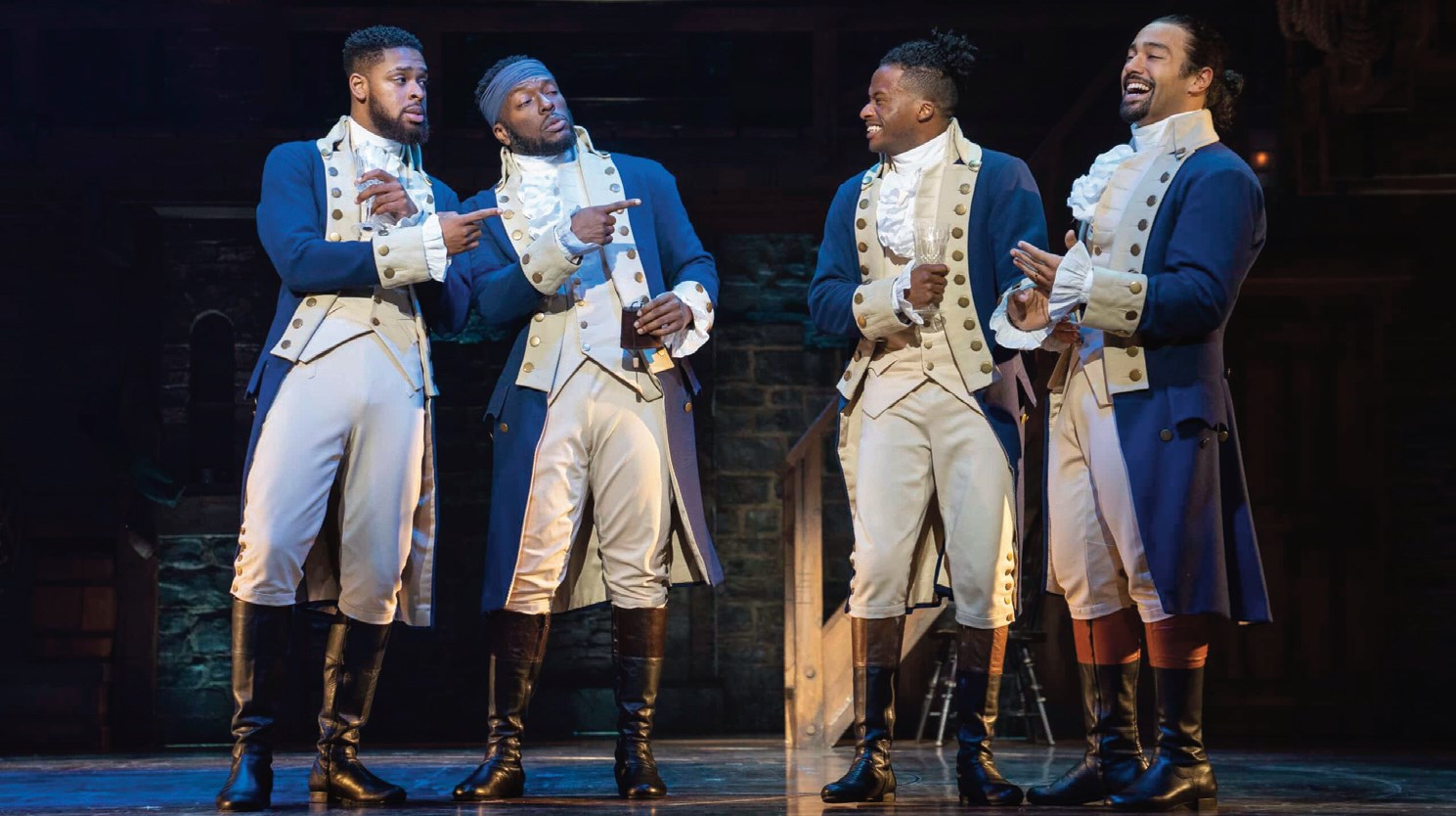
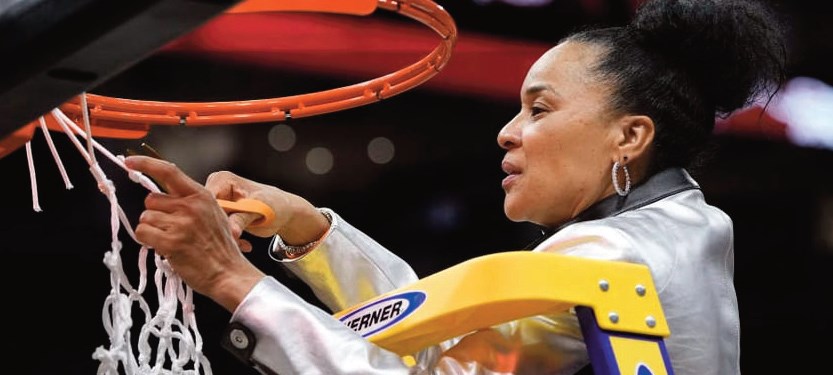

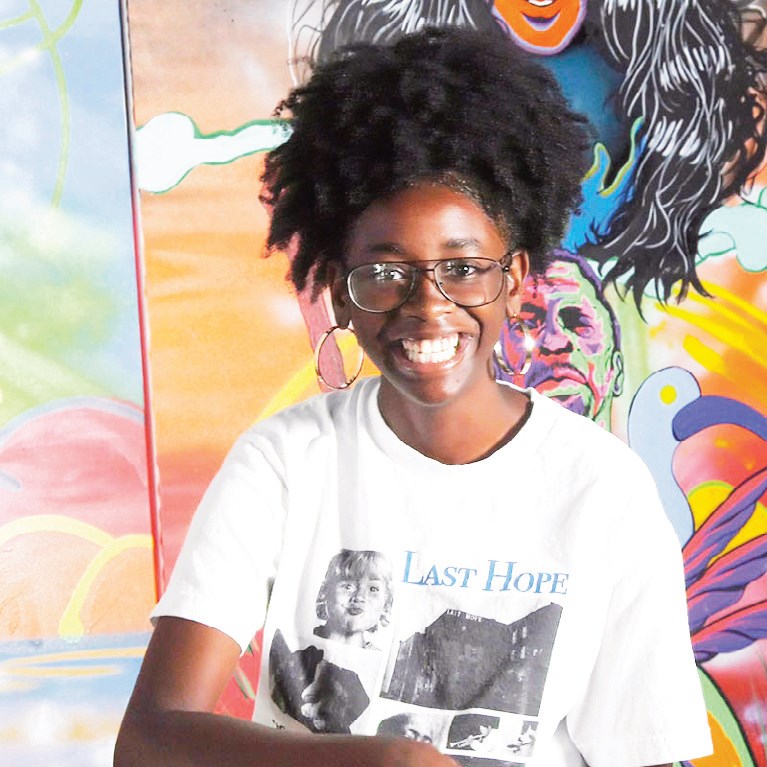
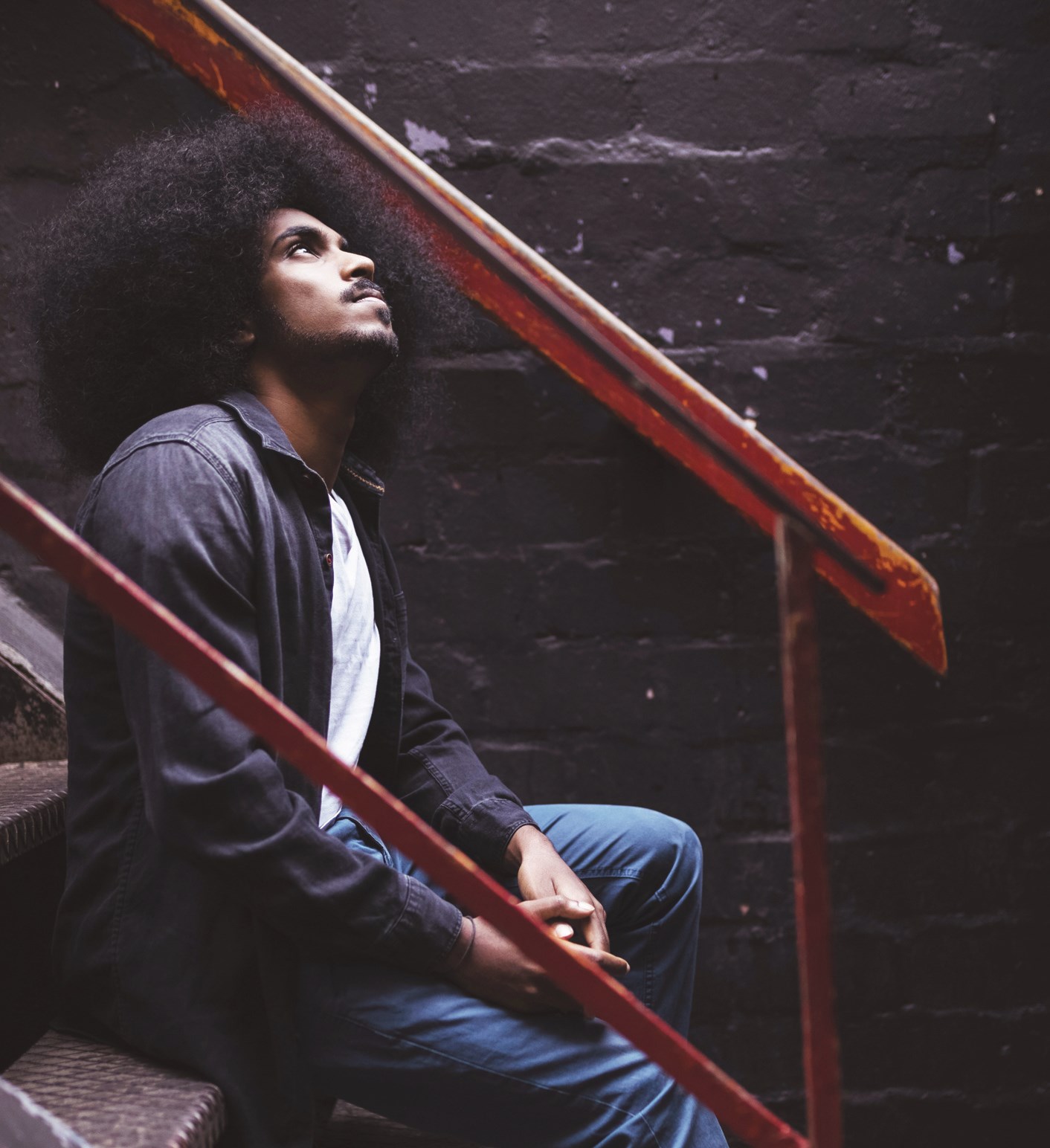
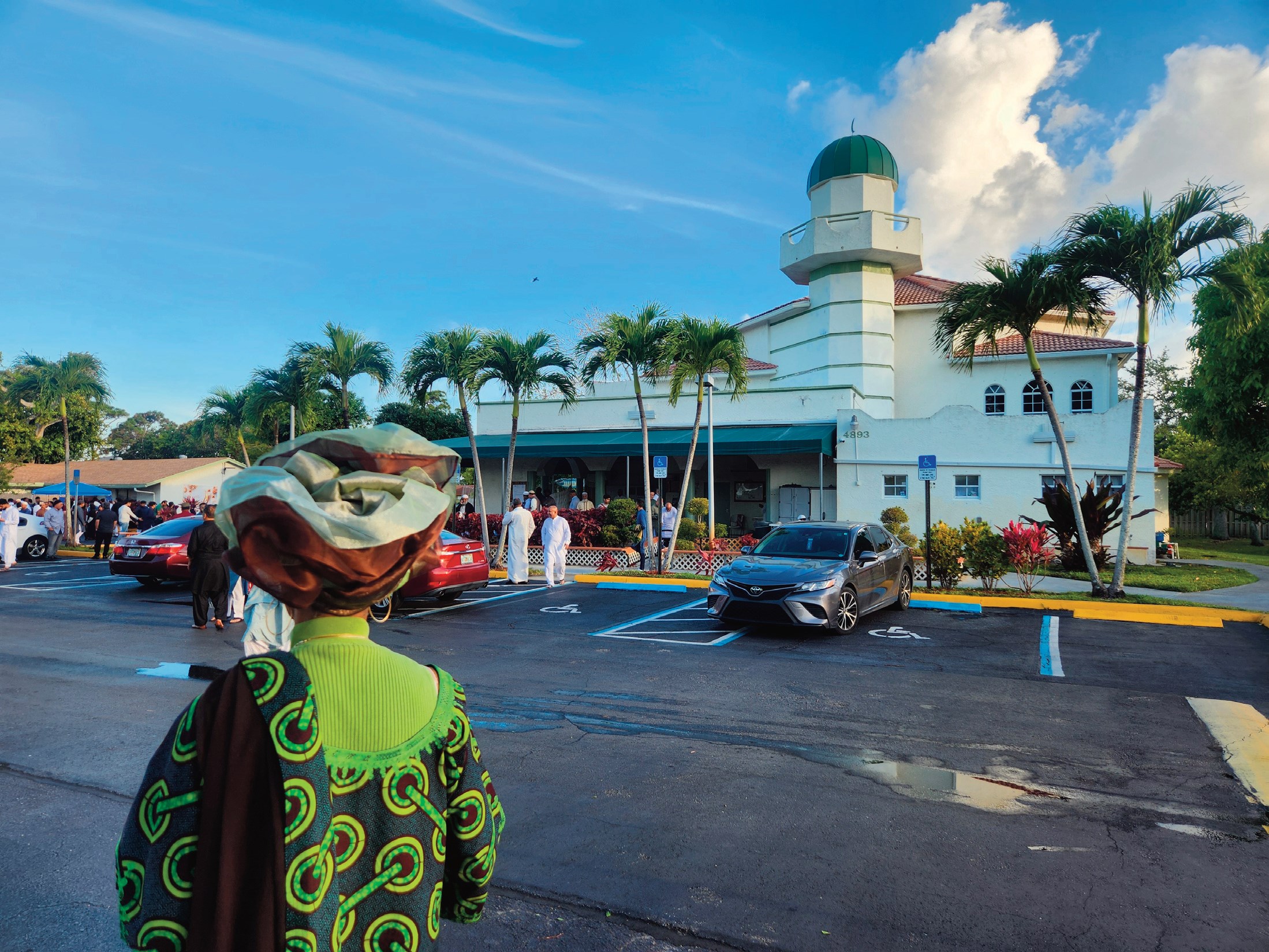

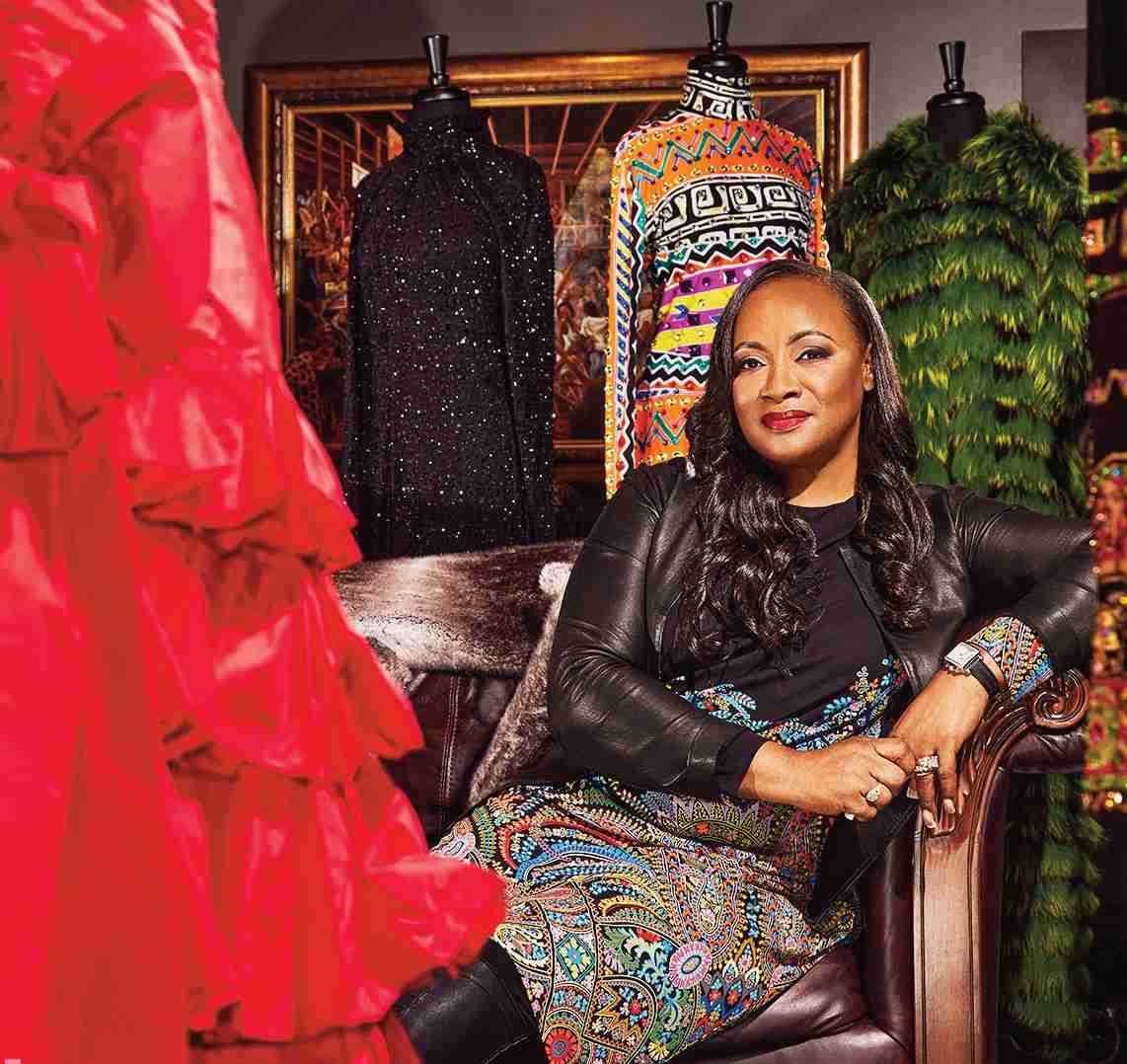

No Comment